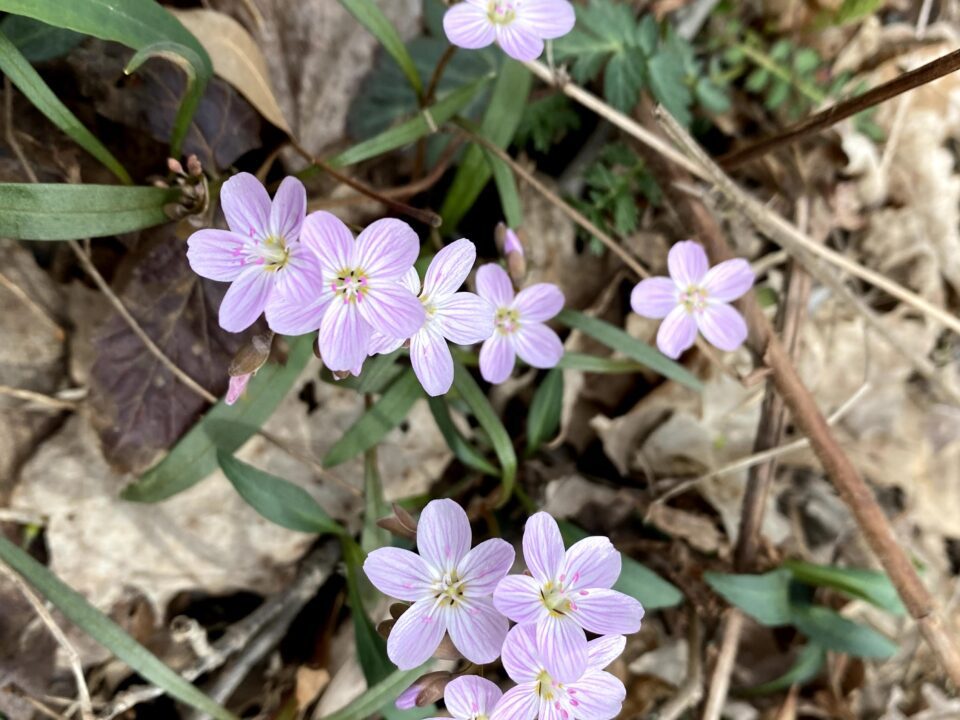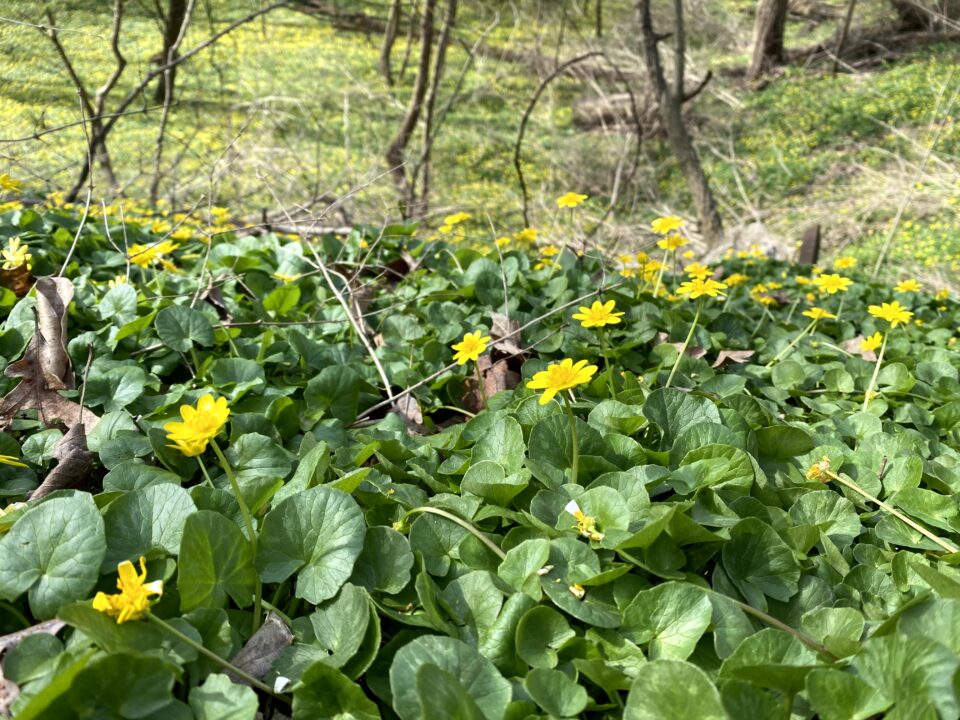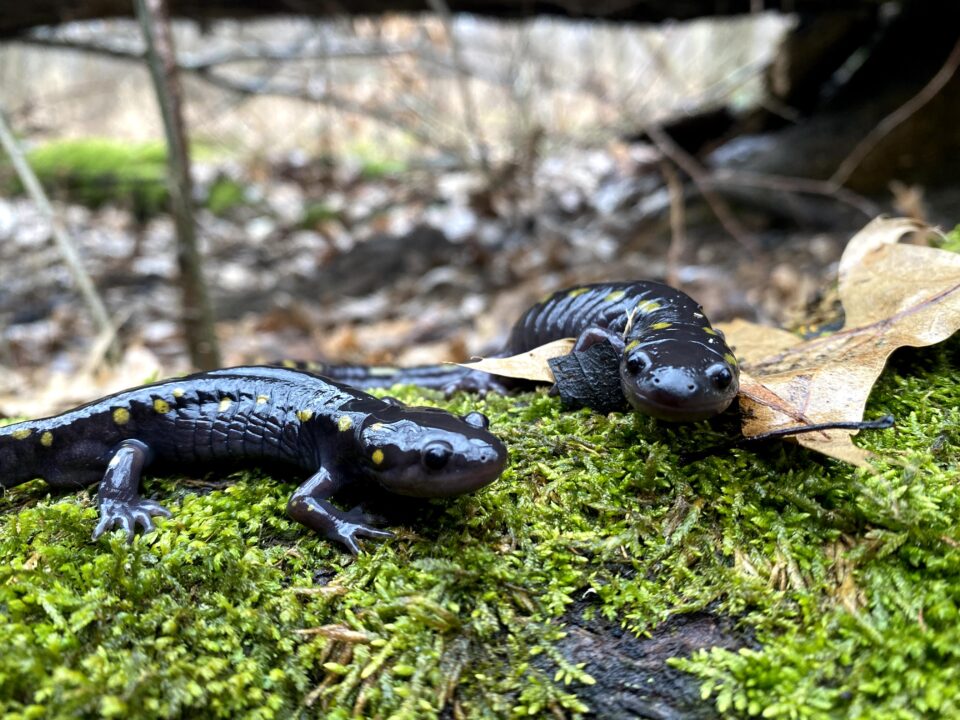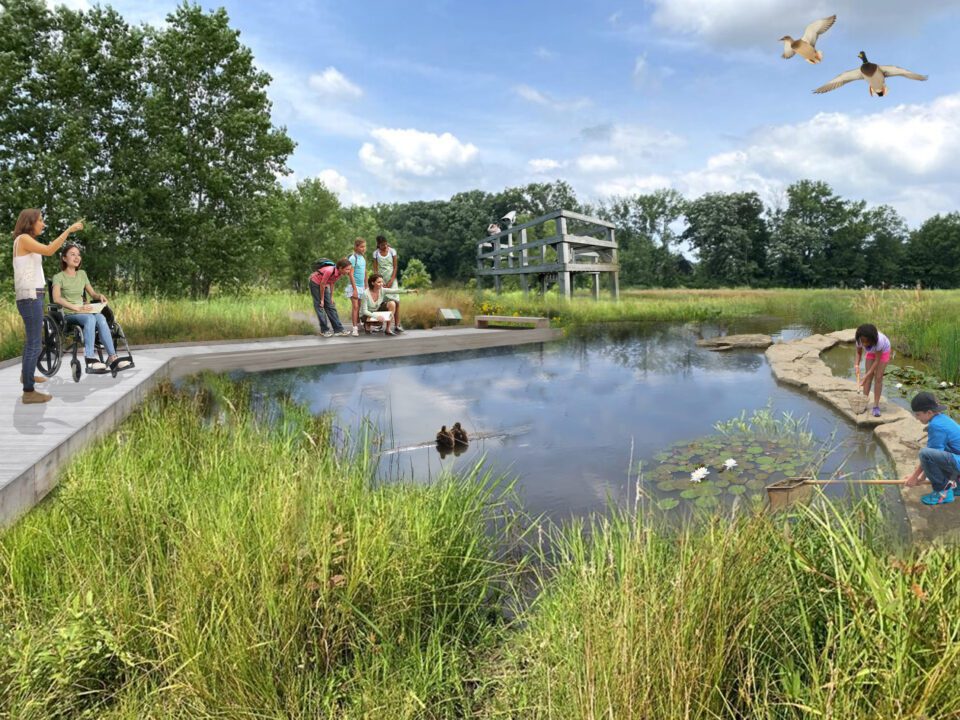January 9, 2024
By: Jenny Adkins April 12, 2021 Today, we highlight the dainty and captivating Spring Beauty (Claytonia virginica). This common wildflower is one of the first to bloom in the spring, bringing a cheerful presence to the forest floor. It blooms throughout the spring, opening towards the sky on sunny days and closing to a nod on dreary days. Native bees, flies, ants, and Lepidoptera frequent Spring Beauty as a source of pollen and nectar. It grows throughout central and eastern North American dry-mesic woodlands where it thrives on nutrients from leaflitter and can complete its life cycle before trees leaf out and prohibit sunlight from reaching the forest floor. It spreads by seed and corm, which are hard, bulb-like storage reserves that sprout new stems. […]






